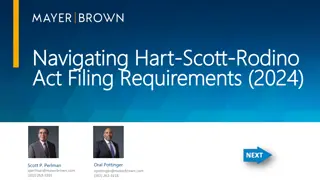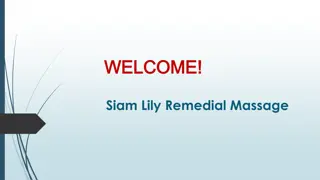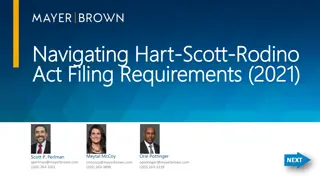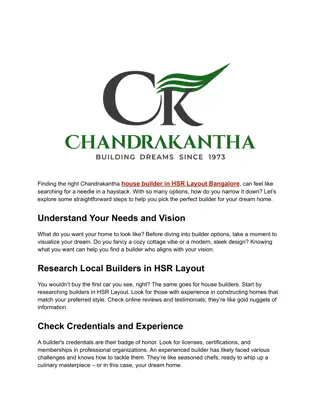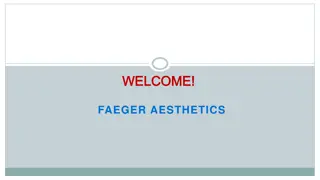
Workplace Bullying Allegations and Regulator's Role in Addressing the Issue
Workplace bullying is a serious issue characterized by negative behaviors that pose risks to employees' health and safety. Employers have legal duties to address and prevent bullying, with regulators like Lily Dekic from WorkSafe Victoria playing a crucial role in ensuring compliance. Learn about what constitutes workplace bullying, what is not considered bullying behavior, and how to contact advisory services for support.
Download Presentation

Please find below an Image/Link to download the presentation.
The content on the website is provided AS IS for your information and personal use only. It may not be sold, licensed, or shared on other websites without obtaining consent from the author. If you encounter any issues during the download, it is possible that the publisher has removed the file from their server.
You are allowed to download the files provided on this website for personal or commercial use, subject to the condition that they are used lawfully. All files are the property of their respective owners.
The content on the website is provided AS IS for your information and personal use only. It may not be sold, licensed, or shared on other websites without obtaining consent from the author.
E N D
Presentation Transcript
Allegations of workplace bullying role of the Regulator Lily Dekic Manger, Psychosocial Practice WorkSafe Victoria
The Psychosocial Practice Name change to Psychosocial Practice in July 2014 to incorporate broader scope Currently 12 Inspectors working statewide. Inspectors located in: - Essendon Fields - Mulgrave - Bendigo - Geelong
What is workplace bullying? Characterised by persistent and repeated negative behaviour directed at an employee (s) that creates a risk to health and safety. OHS law places duties on employers to eliminate, so far as is reasonably practicable, risks to the health and safety of their employees. If it is not reasonably practicable to eliminate risks to health and safety, then an employer must reduce those risks so far as is reasonably practicable. (s21) OHS law places duties on employees to take reasonable care for the health and safety of persons who may be affected by their acts or omissions at a workplace and to cooperate with their employer s actions to comply with the OHS Act.(s25)
What is not bullying behaviour? Legitimate management practices Allocation of work Reasonable management actions Following up on work absences Monitoring performance Performance management Disciplinary action Poor management Minor conflict in the workplace
Contacting WorkSafes Advisory Service 1800 136 089 Where the allegations appear to meet the characterisation of workplace bullying the caller will be sent a bullying pack - Cover letter - Information in relation to workplace bullying and supports available - Summary of Events form To assist WorkSafe in progressing with the allegations, it is important that these forms are completed as accurately as possible and returned to the advisory service in a timely manner
A typical visit from the Psychosocial Practice Has the employer processes in place for reporting and responding to allegations of bullying? Have employees been trained and provided information in these processes? Is there adequate supervision in the workplace? Determine whether there is sufficient evidence to support a prima facie case of a breach under the OHS Act This may include review of Internal and/or external investigation reports Circumstance investigation reports Interviews/witness accounts/statements Evidence documentary, recordings, CCTV
Q A

